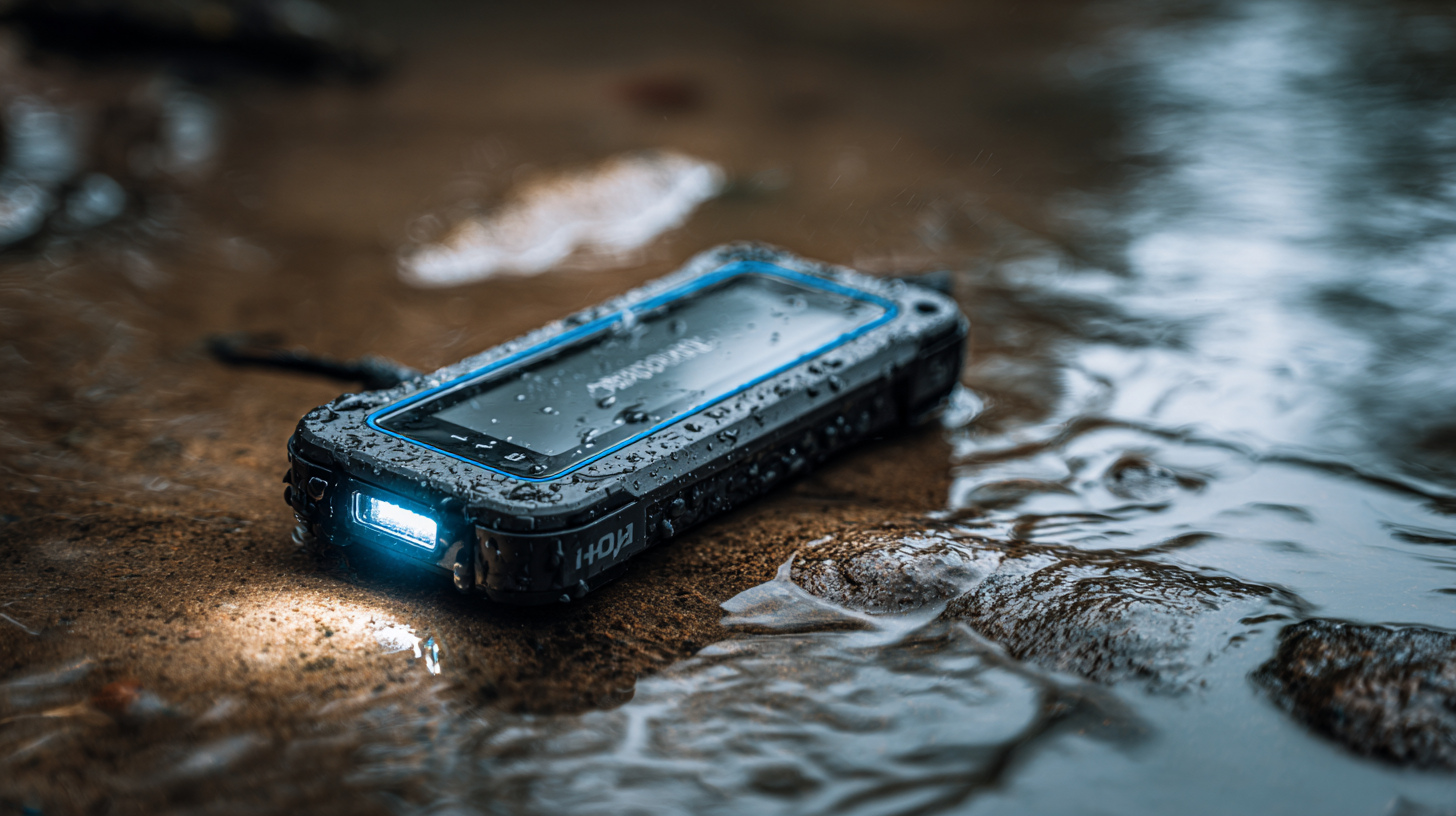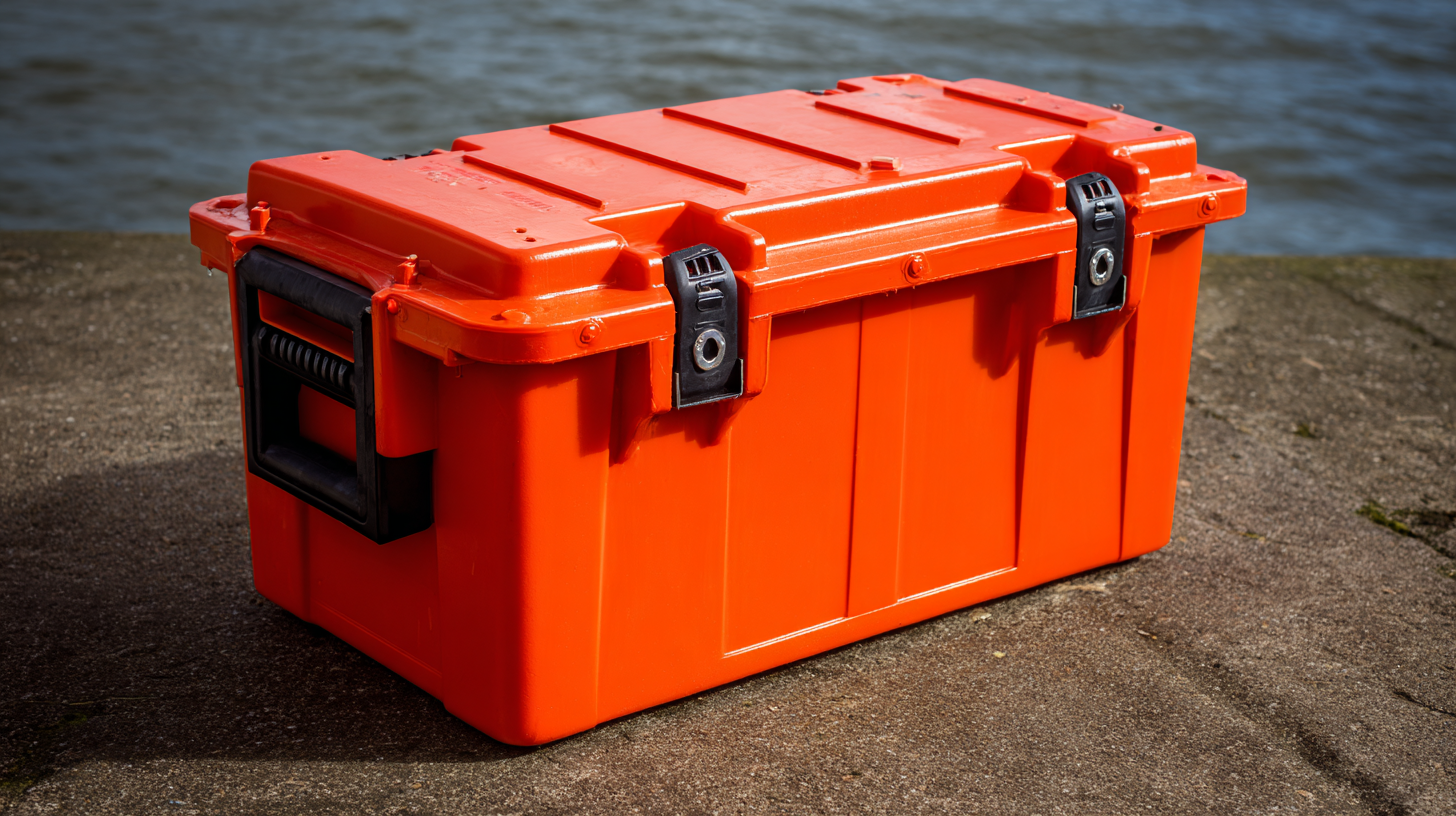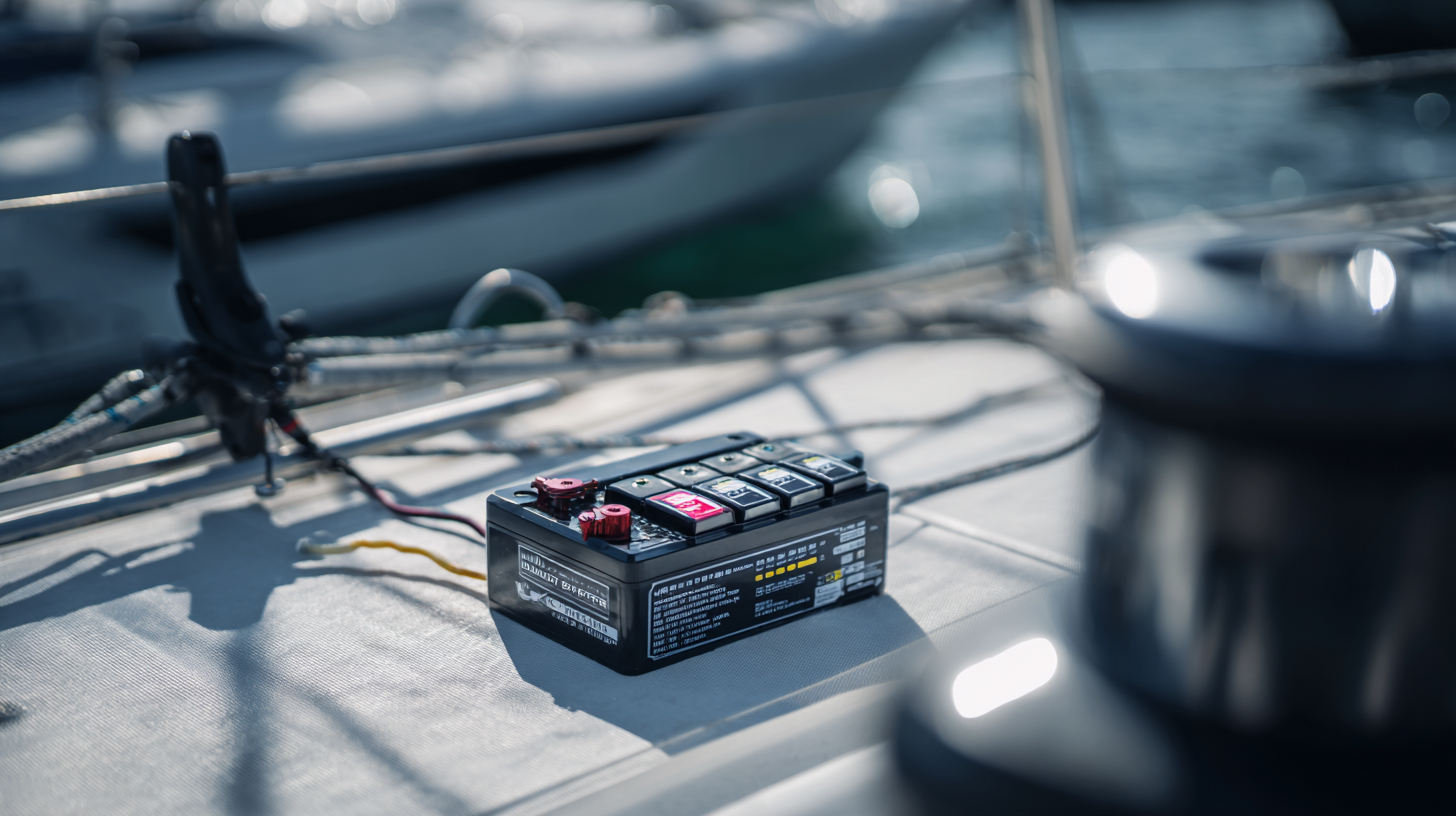Factory Tour
How to Choose the Best Waterproof Marine Battery for Your Next Adventure
When embarking on a marine adventure, selecting the right Waterproof Marine Battery is crucial for ensuring seamless power supply to your equipment and enhancing your overall experience on the water. According to a report by Grand View Research, the marine battery market is projected to witness significant growth, expected to reach $1.54 billion by 2025, driven by increasing recreational boating activities and demand for high-performance batteries. The importance of investing in a reliable and durable marine battery becomes evident as marine environments can be particularly harsh, subjecting equipment to water exposure, salt, and varying temperatures. Consequently, choosing a waterproof option not only safeguards your investment but also ensures consistent operation for essential devices such as fish finders, GPS units, and lighting systems. In this blog, we will delve into key factors to consider when selecting the best Waterproof Marine Battery for your next adventure, highlighting five compelling reasons to make an informed decision that will enhance your nautical experiences.

Key Factors to Consider When Selecting a Waterproof Marine Battery
 When selecting a waterproof marine battery for your next adventure, there are several key factors to consider to ensure optimal performance and reliability. First, assess the battery’s capacity and power output. Look for a battery that meets or exceeds your energy requirements, factoring in the devices and systems that will run on it. Choosing a battery with a higher amp-hour rating can provide longer-lasting power during extended trips.
When selecting a waterproof marine battery for your next adventure, there are several key factors to consider to ensure optimal performance and reliability. First, assess the battery’s capacity and power output. Look for a battery that meets or exceeds your energy requirements, factoring in the devices and systems that will run on it. Choosing a battery with a higher amp-hour rating can provide longer-lasting power during extended trips.
Another essential consideration is the type of battery technology—lead-acid, lithium-ion, or AGM (Absorbent Glass Mat). Lithium-ion batteries are lightweight and offer superior discharge rates, making them ideal for serious sailors. AGM batteries provide excellent vibration resistance and deep cycle capabilities, perfect for rough marine conditions. It’s crucial to match the battery type to your specific boating needs.
Tip: Always check for certifications, such as IP ratings, which indicate the level of water and dust resistance. A reputable brand with a warranty can also provide peace of mind for your purchase. Lastly, consider the dimensions and weight of the battery, ensuring it fits securely in your boat while allowing easy access for maintenance.
Types of Marine Batteries: Understanding AGM, Gel, and Lithium Options
When it comes to choosing the best waterproof marine battery for your next adventure, understanding the different types available is crucial. The three main categories of marine batteries are Absorbent Glass Mat (AGM), Gel, and Lithium. Each type has its unique features, making them suitable for various boating needs.
AGM batteries are known for their durability and resistance to vibration, making them an excellent choice for angling and rough water conditions. They are also maintenance-free, as they are sealed and do not spill. On the other hand, Gel batteries utilize a silica-based gel to hold the electrolyte, providing a safer option with low self-discharge rates. However, they can be more sensitive to charging, requiring a specific charge profile to avoid damage.
Lithium batteries, though initially more expensive, offer the highest energy density and longevity. Their lightweight design and ability to discharge a significant amount of power make them ideal for high-performance vessels. Additionally, Lithium batteries charge quickly and can last much longer than traditional lead-acid options. By understanding these types of marine batteries, you can make an informed choice that best suits your adventure on the water.
Battery Capacity and Amp Hours: How They Impact Your Marine Adventure
When selecting a waterproof marine battery, understanding battery capacity and amp hours (Ah) is crucial for ensuring a successful adventure on the water. Battery capacity, typically measured in amp hours, directly influences how long your equipment will run before needing a recharge. For example, a battery rated at 100Ah can theoretically supply 5 amps for 20 hours or 20 amps for 5 hours, making it essential to match your battery choice with your energy needs. According to a report by the National Marine Manufacturers Association, many boaters overlook the importance of calculating their power consumption, which can significantly impact their adventure experience.
Moreover, choosing the right battery type—whether lithium-ion or lead-acid—also affects performance. Lithium batteries typically offer higher capacity in a smaller, lighter package, while lead-acid batteries are generally more affordable but bulkier and heavier. Data from the Battery Council International suggests that a lithium battery can provide up to five times the cycle life of a lead-acid battery, making it a worthy investment for those who frequently venture out. When planning your next aquatic adventure, ensure that your choice of battery aligns with both your capacity needs and the demands of your equipment for an uninterrupted experience.
Battery Capacity and Amp Hours Comparison for Marine Adventures
The Importance of Durability Ratings in Marine Battery Selection
When choosing a waterproof marine battery, understanding durability ratings is crucial. These ratings provide insights into how well a battery can withstand harsh marine environments, including exposure to water, salt, and extreme temperatures. A battery with a high durability rating is designed to resist corrosion and physical damage, ensuring reliable performance during your boating adventures. Look for certifications such as IP67 or higher, which indicate that the battery can be submerged in water without sustaining damage.
Additionally, consider how the construction materials and design contribute to the overall durability of the battery. For instance, batteries housed in robust casings are less likely to fail under stress, particularly in rough waters. It's also essential to examine the warranty offered by manufacturers, as a longer warranty often reflects confidence in the battery’s durability. By prioritizing these factors, you can enhance your marine experience knowing your battery will hold up against the elements and provide consistent power throughout your journey.

Cost vs. Performance: Finding the Right Balance for Your Needs
When selecting a waterproof marine battery, it's essential to weigh the cost against performance to ensure you get the best value for your adventures. High-performance batteries often come with a higher price tag, but they can be worth the investment for serious boating enthusiasts. These batteries are designed to withstand the harsh marine environment, providing reliable power even in extreme conditions. Features such as deep cycle capability, quick recharge times, and extended lifespan are crucial factors that give high-performance batteries the edge.
On the other hand, budget-friendly options can still meet the needs of casual boaters who may not require the same level of endurance or performance. It's vital to evaluate your specific requirements, such as how often you use your boat, the power demands of your equipment, and the typical environmental conditions you'll encounter. This assessment will help you strike the right balance between cost and performance, ensuring that you select a battery that not only fits your budget but also enhances your overall boating experience. By understanding these aspects, you can make an informed decision that aligns with your adventure goals.
How to Choose the Best Waterproof Marine Battery for Your Next Adventure - Cost vs. Performance: Finding the Right Balance for Your Needs
| Battery Type | Capacity (Ah) | Weight (lbs) | Price ($) | Waterproof Rating | Average Lifespan (years) |
|---|---|---|---|---|---|
| AGM | 100 | 60 | 180 | IP67 | 4-7 |
| Lithium-ion | 100 | 31 | 800 | IP67 | 10+ |
| Flooded Lead Acid | 100 | 65 | 150 | IP65 | 3-5 |
| Sealed Lead Acid | 100 | 64 | 200 | IP66 | 5-7 |






